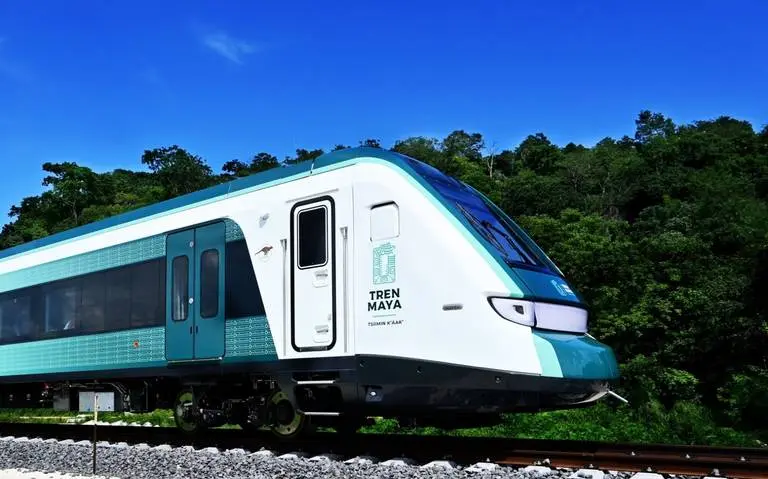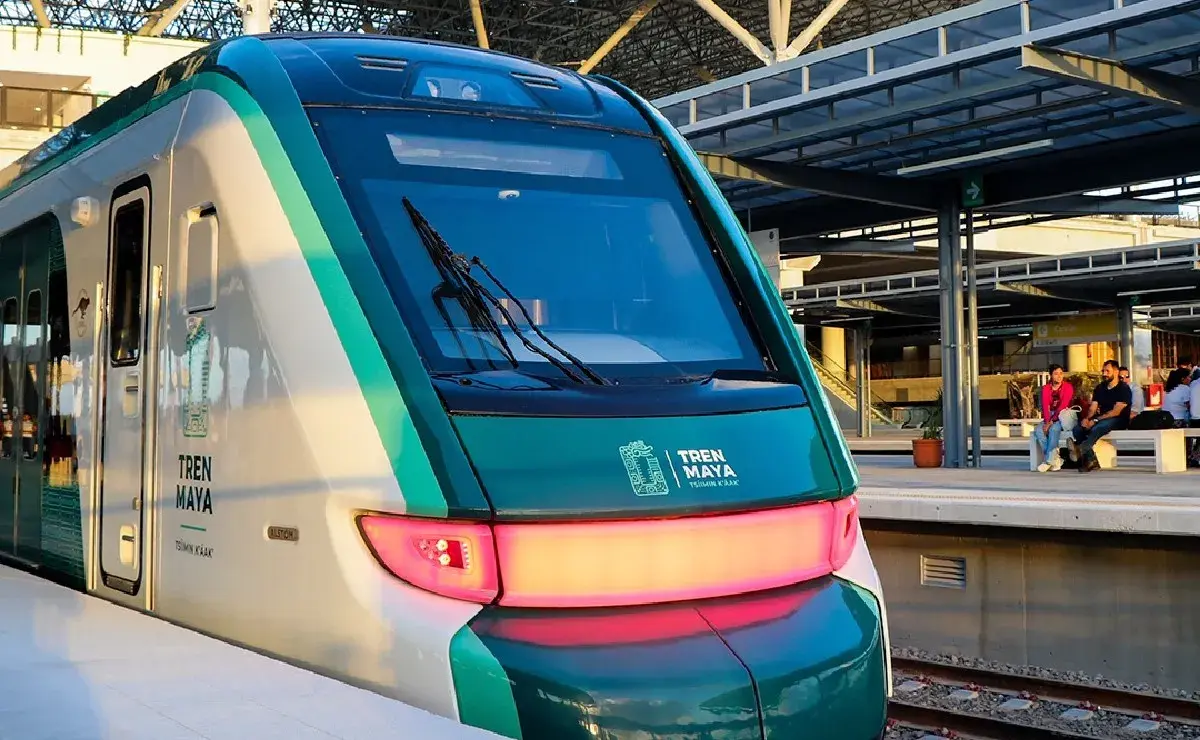
The Maya Train, a massive infrastructure project in Mexico, is rapidly progressing, and one of the most anticipated sections is Section 5, which will connect Cancun Airport to Tulum. This new Maya Train route is not just a crucial link in the train’s overall network but also a significant boost for tourism and local economies. The new section is set to enhance travel between these popular destinations, offering both convenience and an opportunity to explore the beauty of the Riviera Maya in a unique way.
A Strategic Route for Tourism and Connectivity

The “Maya train route“ from Cancun to Tulum covers a distance of approximately 121 kilometers. It is designed to connect Cancun International Airport directly to Tulum, making travel between these two hotspots quicker and more efficient. The train will pass through various points of interest, including Playa del Carmen, a popular destination known for its beaches, resorts, and vibrant nightlife.
One of the key benefits of this section is its potential to decongest the heavily trafficked highway that currently serves as the main route between Cancun and Tulum. This highway is often plagued by traffic jams, particularly during peak tourist seasons, which can make the journey long and arduous. The Maya Train is expected to reduce travel time significantly, providing a faster, more reliable option for both tourists and locals.
Environmental Considerations and Challenges

The construction of the Maya Train route has not been without controversy, particularly regarding environmental concerns. Section 5, in particular, has drawn attention due to its proximity to sensitive ecosystems, including cenotes and the Mesoamerican Barrier Reef System. The route is designed to minimize environmental impact, with measures in place to protect these natural resources. For instance, the train will run on elevated tracks in certain areas to avoid disrupting wildlife habitats.
Despite these precautions, environmental groups have raised concerns about the long-term impact of the train on the region’s biodiversity. The Mexican government, however, has emphasized that the Maya Train is being constructed with sustainability in mind, aiming to balance development with conservation efforts.
Economic Impact and Job Creation
The Maya Train route is expected to bring substantial economic benefits to the region. The construction phase alone has generated thousands of jobs, providing employment opportunities for local communities. Once operational, the train is projected to boost tourism, not only by making it easier for travelers to reach their destinations but also by encouraging exploration of lesser-known areas along the route.
Tulum, which has seen rapid growth in recent years, is likely to benefit significantly from this new connectivity. The town is famous for its Mayan ruins, pristine beaches, and eco-friendly resorts. With the new train route, tourists will have more reasons to visit Tulum, possibly extending their stays to explore other nearby attractions.
A Boost for Sustainable Tourism
The Maya Train route is being marketed as a key component of Mexico’s sustainable tourism strategy. The train is expected to run on eco-friendly technology, including electric and hybrid engines, which will reduce its carbon footprint compared to other forms of transportation. This focus on sustainability aligns with the growing global trend towards eco-conscious travel.
Moreover, the train route is designed to promote cultural tourism, encouraging visitors to explore Mayan heritage sites and learn more about the region’s rich history. The route will provide easy access to several archaeological sites, including those in Tulum and Playa del Carmen, helping to spread the benefits of tourism more evenly across the region.
Enhancing Visitor Experience
For tourists, the new Maya Train route offers a novel way to experience the Riviera Maya. The journey from Cancun to Tulum will provide scenic views of the Caribbean coastline, lush jungles, and ancient Mayan sites. The train itself is expected to offer a comfortable and modern travel experience, with amenities designed to cater to both short-distance travelers and those on longer journeys.
The train’s convenience will also make it easier for tourists to plan day trips, allowing them to explore different parts of the Riviera Maya without the need for lengthy bus rides or expensive taxi services. For example, a traveler could spend the morning at the beaches of Cancun, take the train to Playa del Carmen for lunch, and then head to Tulum in the afternoon to visit the ruins—all in a single day.
The Future of the Maya Train
As the Maya Train route continues to develop, its success will largely depend on how well it integrates with other transportation networks and how effectively it meets the needs of both locals and tourists. The government is optimistic that the train will become a cornerstone of the region’s transportation infrastructure, providing a model for future projects in Mexico and beyond.
In conclusion, the new Maya Train route from Cancun to Tulum represents a significant advancement in Mexico’s transportation and tourism sectors. With its focus on sustainability, cultural heritage, and economic development, the train is poised to become a vital link between two of the Riviera Maya’s most important destinations. Whether for its convenience, environmental considerations, or the opportunity to experience the beauty of the Yucatan Peninsula, the Maya Train is set to redefine travel in this iconic region.
